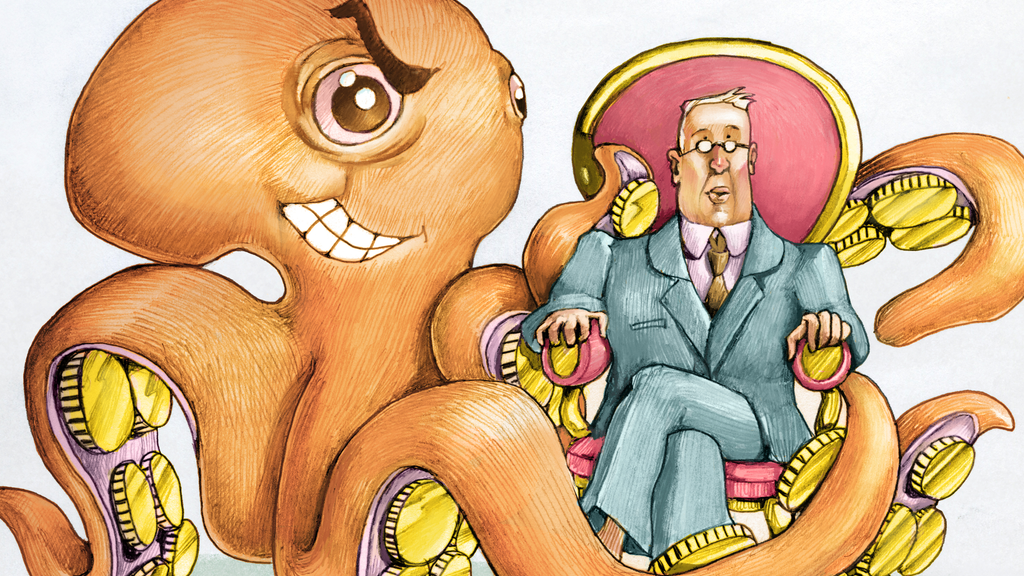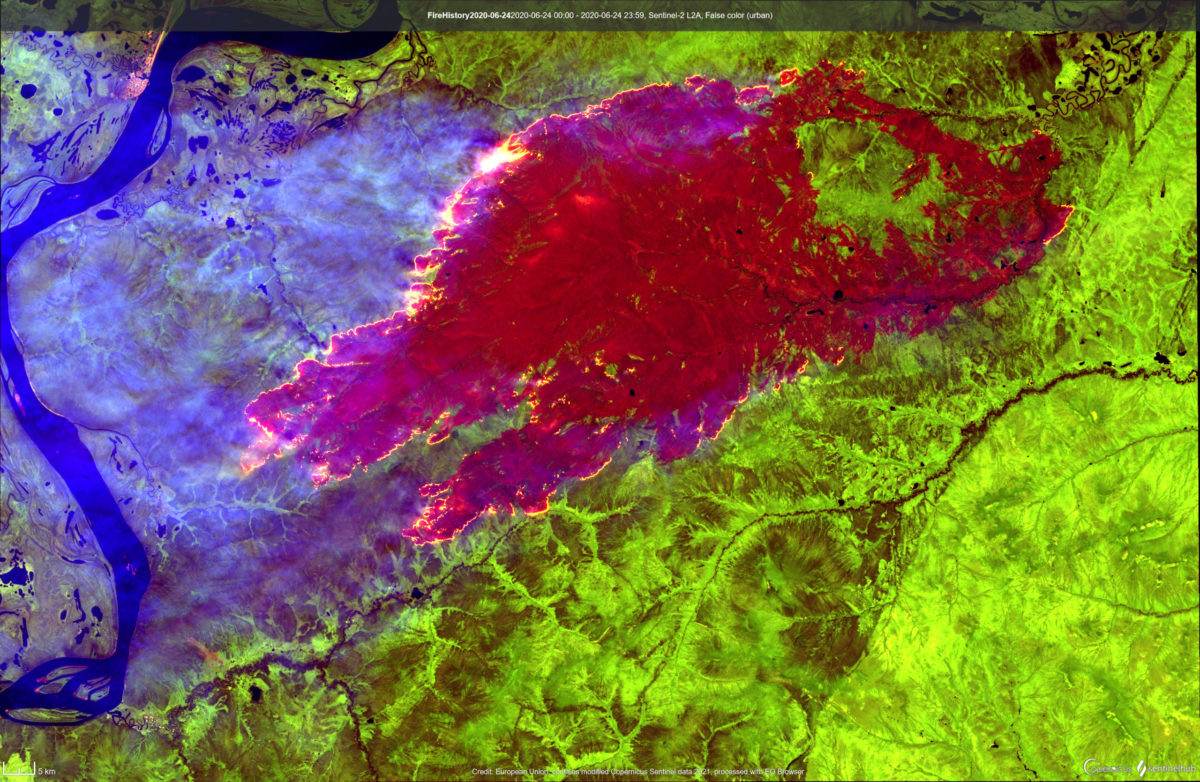We’ve seen nothing yet: NB4 flooding in Qld & NSW
Plus long-hot summer in WA. Continued global warming will make weather ever more extreme and lethal. LNP still shoveling coal on the fire.
As I write this, there are already 7 weather-related deaths in Queensland with flood levels still rising and at least one in northern NSW where the deluge is expected to continue at least until tonight. Flooding in Gympie and Lismore has reached NB4 levels, exceeded all-time records with flood defences in Lismore over-topped. As shown in the image above, the Bureau of Meteorology weather stations upstream from Lismore show 24 hour rainfall readings to 9:00 am this morning from 1/3 of a meter to more than 3/4 — with most around 1/2 of a meter! — i.e., an unimaginable layer water 50 cm deep on every point of the landscape that is now running down hill into the stream catchments.

by Ciccharelli et al, 7:35am Feb 28, 2022 in 9 News
Lismore flooding exceeds 48-year record as search for missing man resumes
Emergency services are continuing to search for a missing man in Lismore floodwaters amid what is potentially the city’s worst ever flood disaster.Efforts have been underway to evacuate the entire town as flood waters rise, but hundreds of people are trapped in their homes.The city’s main road, Bruxner Highway, is underwater, with cars completely submerged.LIVE COVERAGE:Flood emergency gripping Queensland and northern NSW
Read the complete article….

Chanel Zagon, 8:15pm Feb 27, 2022, in 9 News
Gympie smashed by largest flood in more than a century
The Queensland city of Gympie has been hit by the largest flood in more than 100 years, with more than 1000 properties submerged in floodwaters.The Mary River peaked at 22.8 metres on Sunday morning, the highest level since 1893.
Hundreds have been forced to abandon their homes and seek refuge in an evacuation centre after the region was deemed a disaster declaration area from the life-threatening floods.
Read the complete article….
Climate scientists have warned us for years that this was coming. If we had begun reducing our emissions of greenhouse gases and developing other mitigation strategies then, by now we might have already stopped and begun to reverse the warming process.
The fact is our governments, and especially the present LNP COALition Government in Canberra, instead of working to mitigate the climate emergency, have continuously promoted and protected the fossil fuel industry to help them to continue digging up and burning carbon at an ever increasing rate. This claim is not some wild claim off the top of my head, but demonstrated almost daily by COALition members in their own words standing before Parliament and the press. It is worth noting that this effort is often led by rural MPs from Queensland and NSW – the states that have at least suffered most from the increasingly extreme ‘weather’ events: bushfires, floods, droughts, and winds.


See also Katherine Murphy in The Guardian on 09/02/2017 for the live video — “Scott Morrison brings coal to question time: what fresh idiocy is this? What a bunch of clowns, hamming it up – while out in the real world an ominous and oppressive heat just won’t let up.”
So far, the constant denial, misrepresentation, blocking, distraction and continuous humbuggery and bulldust has successfully prevented any effective government action to shut down carbon emissions and has disrupted most state and private efforts to do this. We cannot yet jail these fools, knaves and puppets for the crime of ecocide, but we can at least remove the blockers from Parliament and replace them with trustworthy candidates who have committed themselves to put action against the climate emergency as their first order of business.
To do this we have to accept the facts that are enough to make any sane person panic. However, in the incredibly wise words of a 16 year old autistic child, Greta Thunberg, we need to recognize that the panic can be answered with prompt action.

In other words, wake up, smell the smoke, see the reality, and fight the fire that is burning up our only planet so we can give our offspring a hopeful future. This is the only issue that matters. All Capt. Humbug and his troop of wooden-headed puppets are doing is rearranging the furniture in the burning house to be incinerated along with anything and everyone we may care about. In Greta’s words, “even a small child can understand [this]”. People hope for their children’s futures. She doesn’t want your hope. She wants you to panic enough to wake up and fight the fire…. so our offspring can have some hope for their future. Vote Climate One’s Traffic Light Voting System will help you use your preferential votes wisely on behalf of our offsprings’ future.







